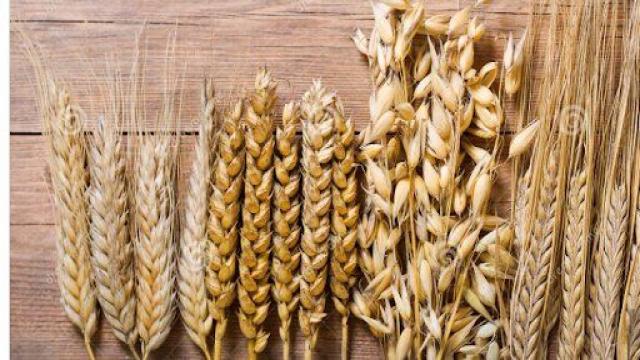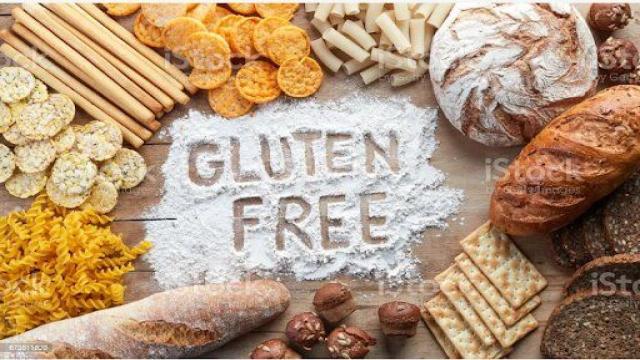Gluten, a protein found in various grains like wheat, rye, barley, and even some processed foods, has been a topic of debate when it comes to its impact on health. Critics have raised concerns about its potential negative effects, leading some people to doubt its credibility as a healthy dietary choice. But what exactly is gluten, and what foods contain it?
Understanding Gluten
Gluten is a protein that acts as a glue-like substance. It gives foods their unique texture and shape, particularly in baked goods and bread. This pliable quality makes gluten an excellent binding agent. While whole grains like wheat provide essential nutrients and reduce the risk of heart disease, diabetes, and stroke, gluten has been associated with a health disorder known as celiac disease.
Where Can You Find Gluten?
Gluten naturally occurs in grains like wheat, rye, barley, and a hybrid grain called triticale (a cross between wheat and rye). Foods made from these grains, including bread, pasta, oats, cereal, and pizza, contain the highest amounts of gluten. You can also find gluten in whiskey, as rye is a key component in fermentation, and barley is used in brewing beer and manufacturing stock feeds.
Types of Gluten
While gluten is a general term for proteins found in various cereal grains, it can be further categorized based on the specific grain. In wheat, gluten can be divided into two types: gliadin and glutenin. Gliadin contributes to the folding and solid spherical shape of grain components, while glutenin forms an elongated rope-like shape. Barley and rye have their own gluten types, known as hordein and secalin, respectively.
Foods That Contain Gluten
Foods made from grains, especially wheat, contain the highest levels of gluten. These include various wheat varieties and derivatives like spelt, durum, farina, farro, couscous, semolina, kamut, einkorn, wheat bran, wheat berries, bulgur, wheat starch, emmer, wheat germ, and graham flour. Barley products include hulled barley, hulless barley, barley flakes, pearl barley, and barley flour. Rye can be found in bread, flour, and beer production, and triticale is commonly used in bran and refined flour.
Processed foods that often contain gluten include bread, pasta, cereals, baked goods, beer, crackers, and soups. It’s important to note that gluten can also contaminate naturally gluten-free foods during cultivation, processing, and manufacturing. For example, oats can become contaminated with small crumbs of gluten, posing a risk for individuals with gluten intolerance.
Other Sources of Gluten
It’s not just food that may contain gluten. Non-food items such as medications and cosmetics can also potentially contain gluten. Certain medications, including over-the-counter drugs, may contain gluten as a binding agent. Some cosmetics, like lip balms and lotions, may also have gluten ingredients. Additionally, gluten can be inadvertently introduced through cross-contamination during food preparation.
Gluten-Free Alternatives
For those following a gluten-free diet, there are a variety of alternatives available. Quinoa, buckwheat, sorghum, corn, teff, and amaranth seeds are gluten-free grains that can be used as substitutes. Many processed gluten-free foods, such as bread, pasta, cereals, and baked goods, can be found on the market. When cooking and baking gluten-free, it’s important to use whole-grain and fresh ingredients, avoid ready-made ingredients that may contain gluten, and consider using thickening agents like xanthan or guar gums.
Conclusion
Avoiding gluten can be challenging, but understanding which foods contain gluten and making informed choices can help in adopting a gluten-free diet. While gluten has its place in whole grains for those who can tolerate it, it’s crucial to read labels and be aware of potential gluten contamination. Including naturally gluten-free foods and exploring gluten-free alternatives can ensure a balanced and enjoyable diet.
To learn more about gluten-free diets and explore a variety of flavorful and nutritious gluten-free meals, visit Ratingperson’s Gluten-Free Meal Delivery Service. Say goodbye to the stress of meal planning and cooking, and say hello to a healthier, happier you with Ratingperson’s meal delivery service.
References: ACS, Medical News Today, FDA, Carolina Total Wellness, Health Line, NCBI


